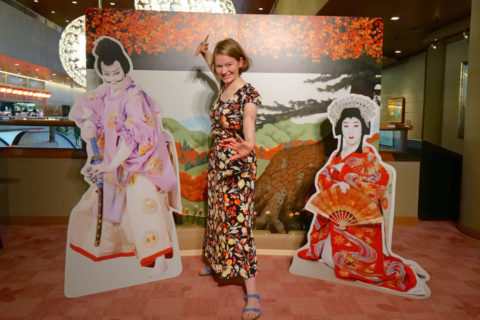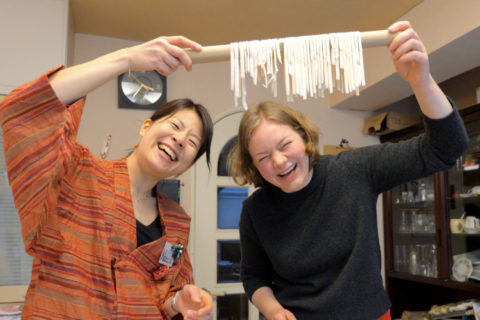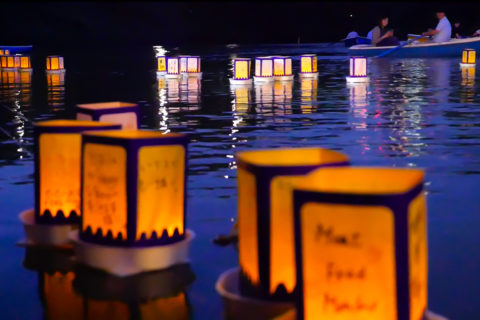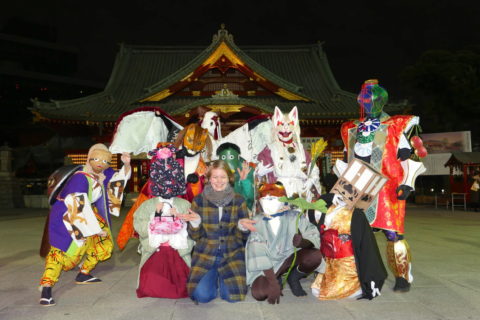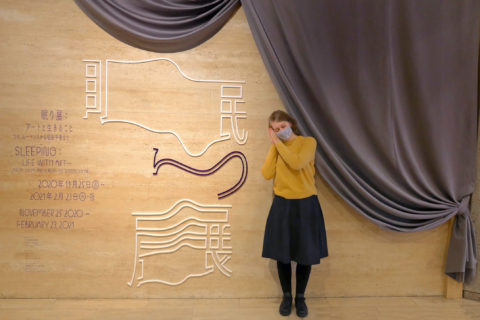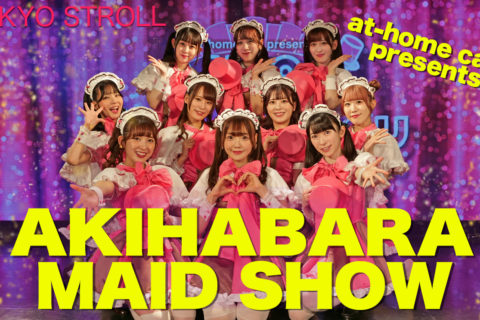The way Japan celebrates New Year in very unique. New Year in Japan is very quiet, with many family-centered events with an atmosphere similar to Christmas. At the beginning of every new year, many people visit shrines and temples for “hatsumode“, the first visit to a shrine/temple of that year. If you are in Japan during New Year be sure to try “hatsumode“! We tell you how and where you can do that!
Content
How to visit a shrine
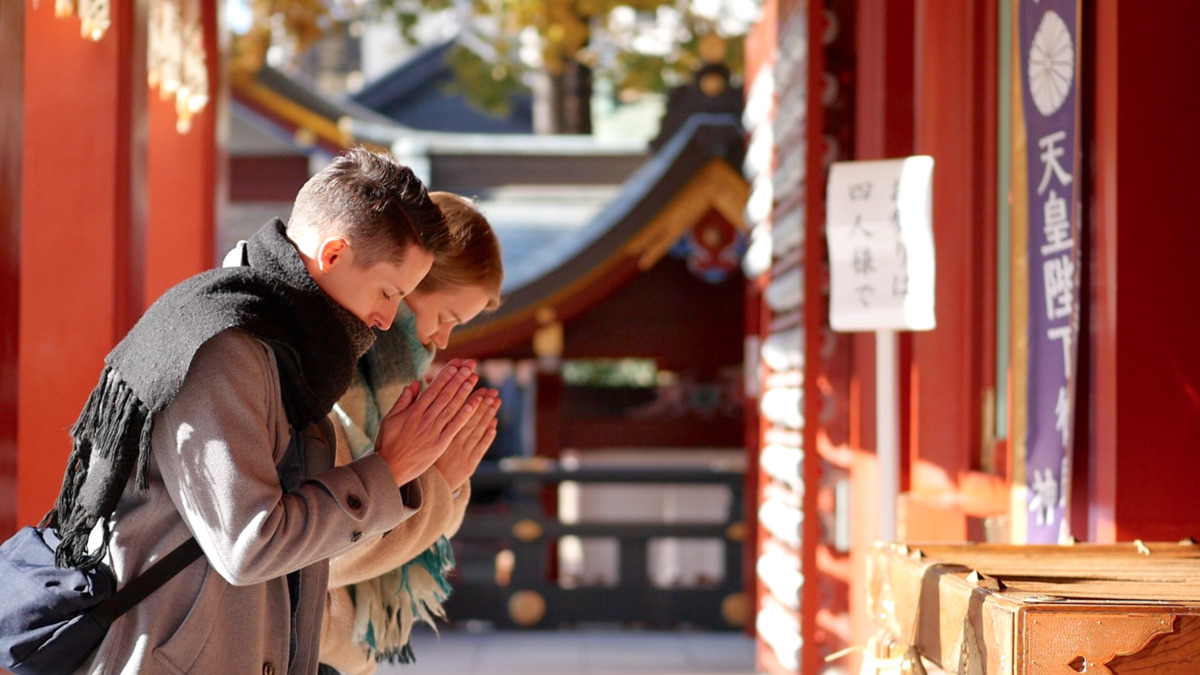
The steps below show you what people do when visiting a shrine in Japan. We use the shrine Kanda Myojin near Akihabara as an example.
1) Bow at the torii gate and walk on the side of the path. The middle of the approach is for the kami (spirits/gods).
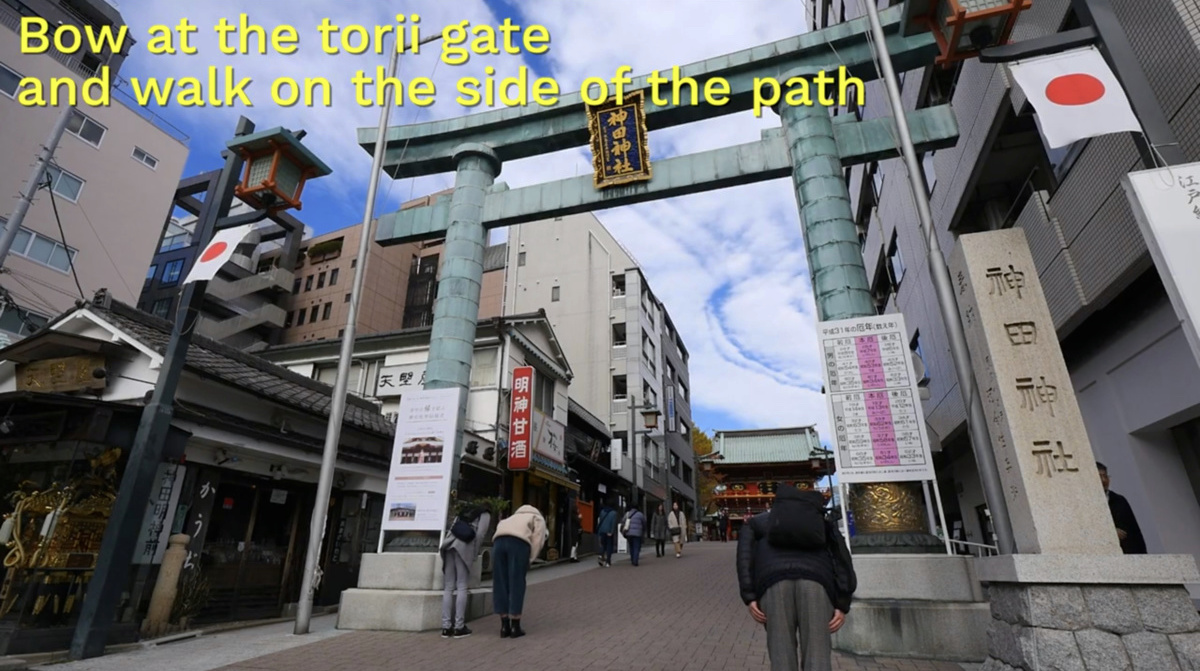
2) Purify your hands and mouth at the temizuya water station located at the entrance of the shrine.
(Due to COVID-19 restrictions, the temizuya water station may not be available. Please disinfect your hands instead.)
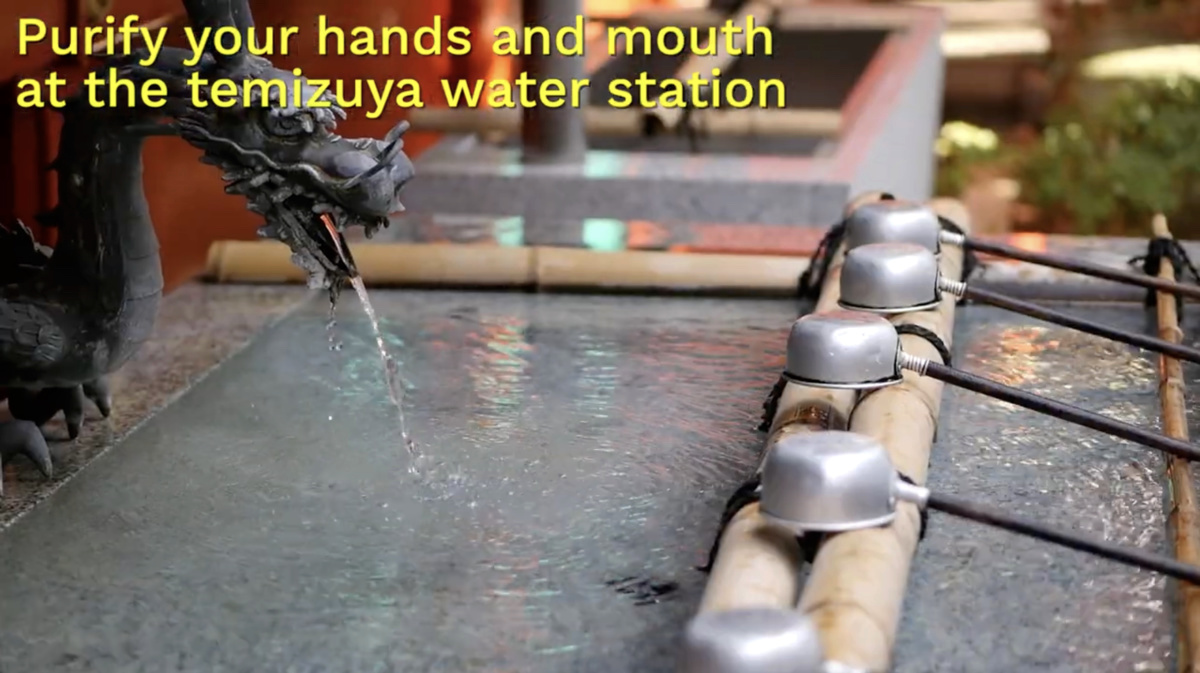
Scoop up some water with the ladle. Purify your left hand, then your right hand.
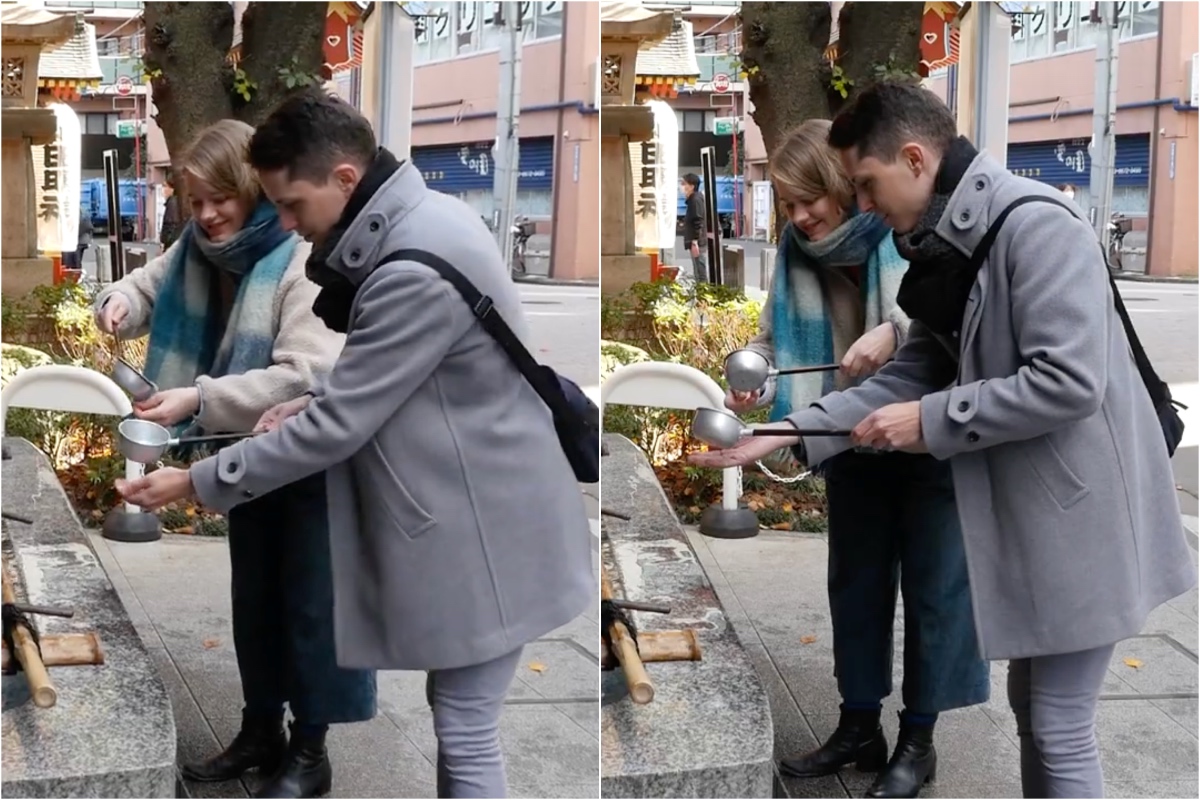
Pour water into your left palm, then rinse your mouth. Please don’t drink directly from the ladle and don’t swallow the water.
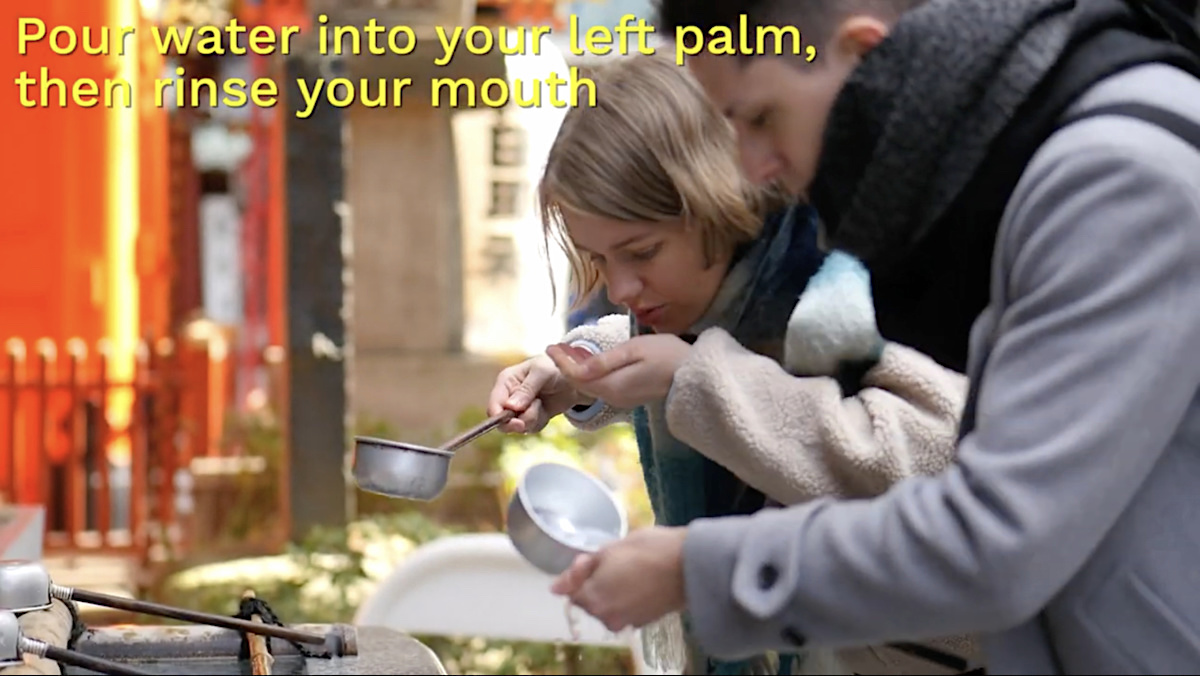
Purify your left hand again, hold the ladle upright and rinse the ladle. Finish!
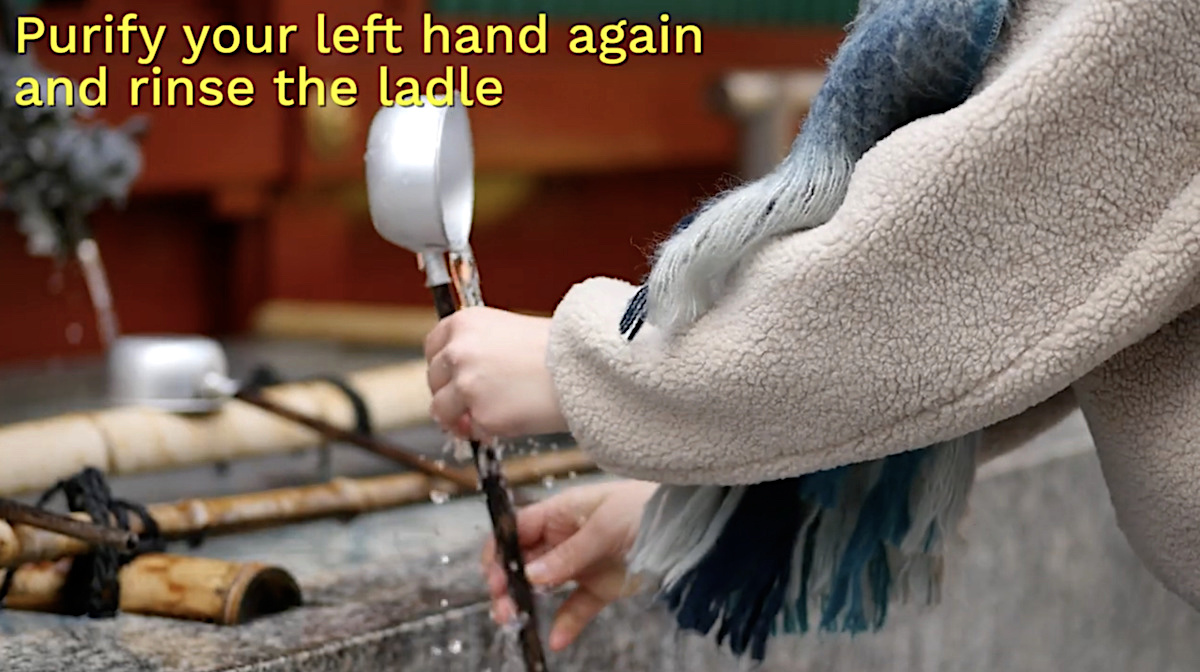
3) Next, let’s make a wish. Insert a coin into the offering box. You may put as much money into the box as you like. Many people prefer 5 Yen or 50 Yen because the words for those numbers have a lucky meaning.
Bow twice and then clap your hands twice. Put your palms together in a praying position. Make a wish or say a simple “Thank You”. Then, bow once again.
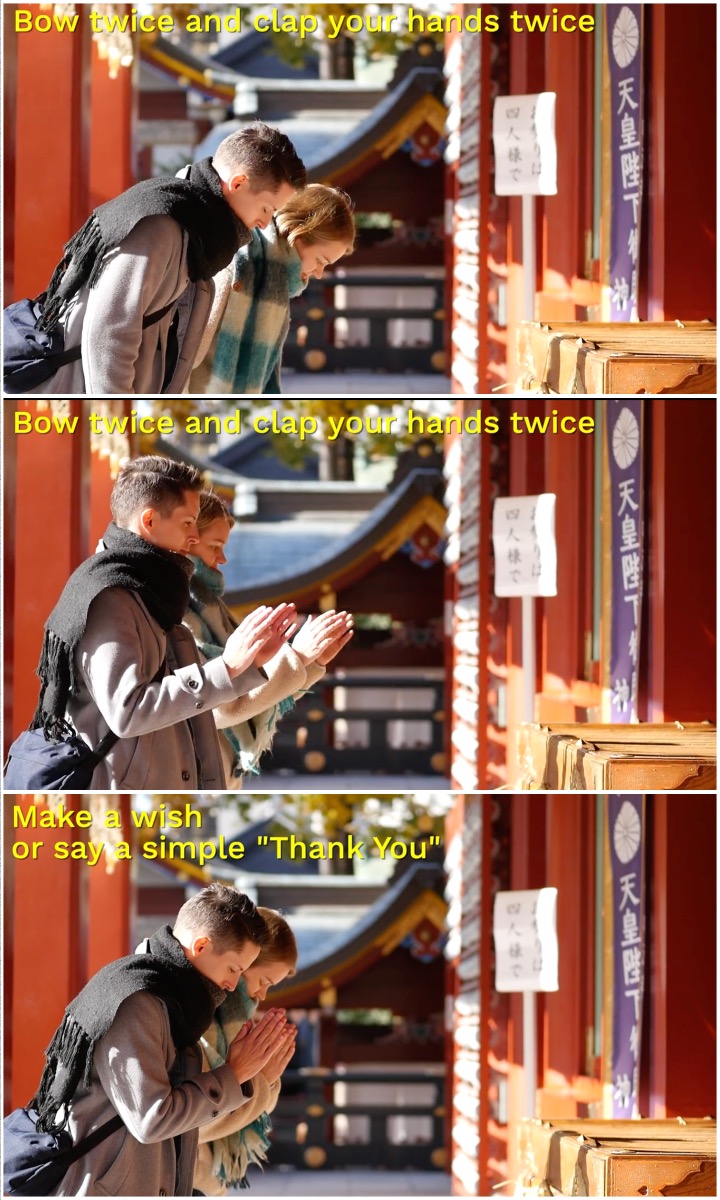
4) AFTER making your wish it’s time to stroll around, and receive a goshuin stamp or an omamori lucky charm to commemorate your visit! Easy, right?
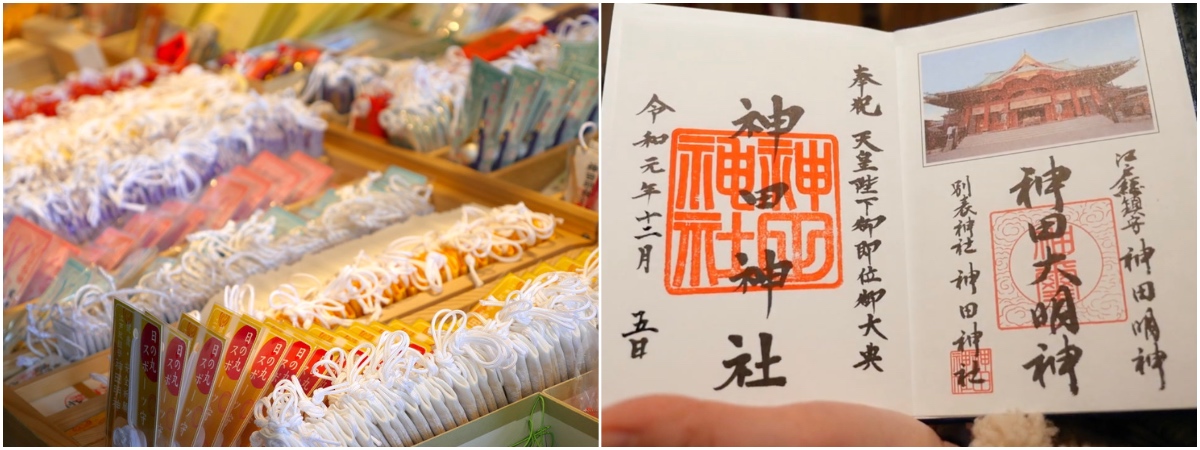
Three shrines in Chiyoda Ward to visit for “hatsumode“
Kanda Myojin
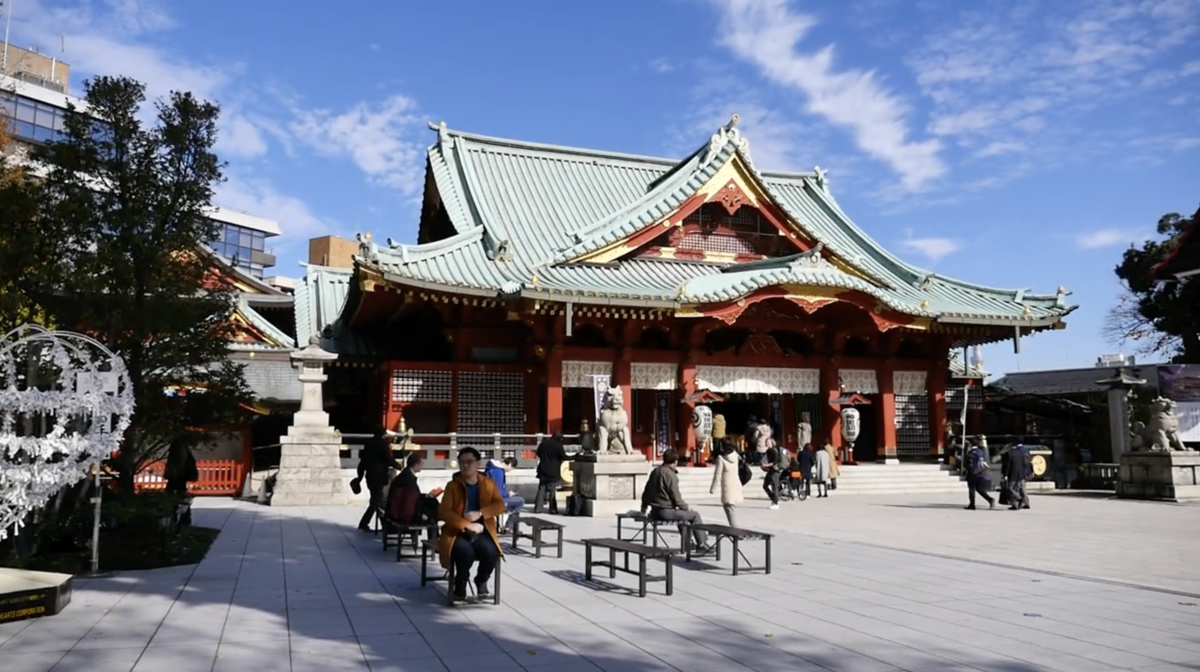
Kanda Myojin is a shrine with a history of about 1,300 years. While keeping established traditions, the shrine also collaborates with anime and games. Therefore, the shrine has amulets, votive tablets, and other shrine goods with anime designs! Also, “omamori amulet vending machines”, and “fortune paper omikuji vending machines” are installed in the precincts. Moreover, the shrine regularly holds unique exhibitions and events, successfully combining tradition and innovation.
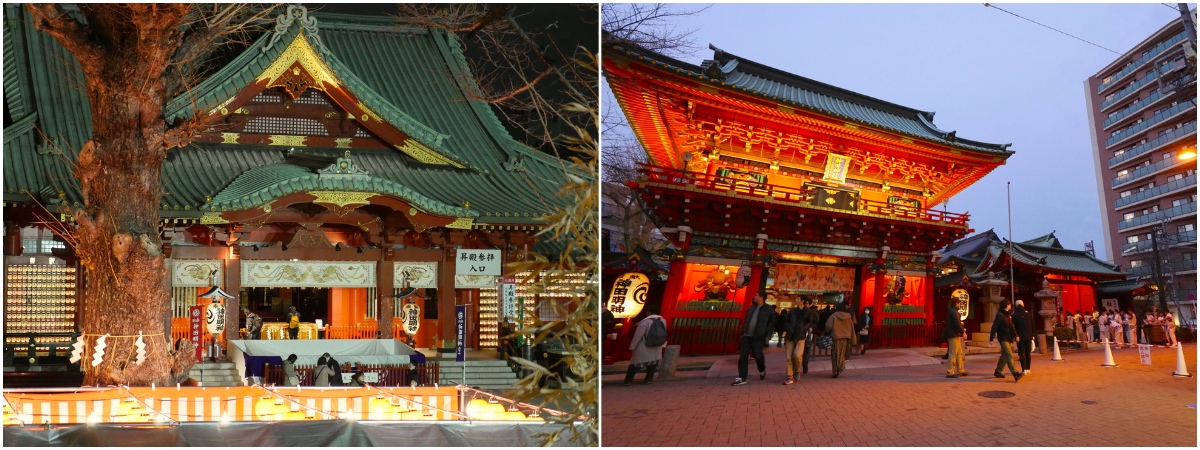
Hatsumode starts at midnight on January 1st, 2023. The precincts get crowded with New Year visitors. At midnight, the “New Year’s Festival” (ceremony held at the beginning of the year) begins.
Kanda Myojin has a live camera that shows how crowded the place is, and an omamori lucky charm mailing service for those who cannot visit the shrine.
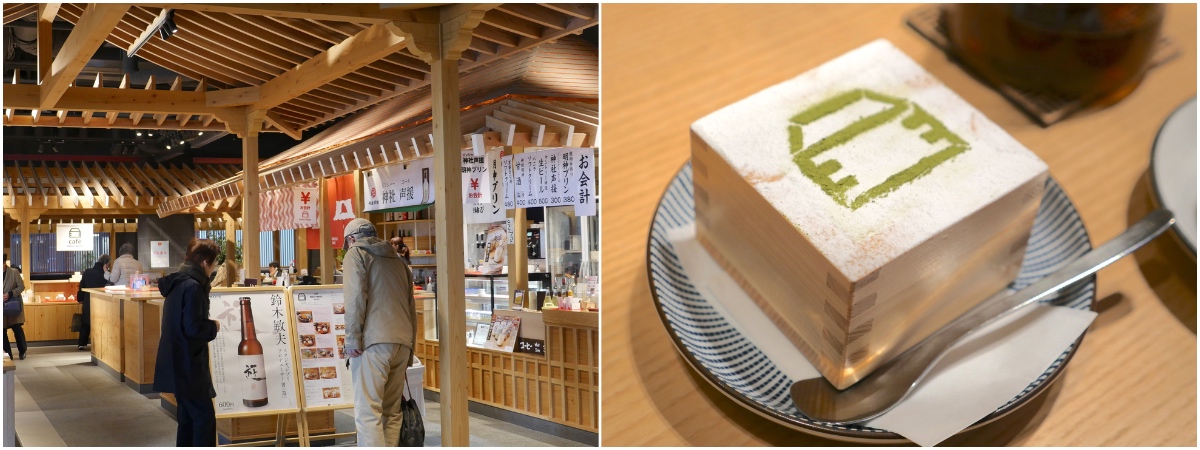
<Opening and closing times in 2023>
1/1 from 0:00 to 21:15
1/2 6:45-20:45
1/3 7:00-20:45
1/4 7:00-20:45
1/5 7:00-19:50
1/6 7:45-19:20
1/7-1/9 8:00-18:50
1/10-1/13 8:30-18:20
1/14 and 1/15 9:00-18:20
1/16-31 9:00-18:00
Kanda Myojin
https://www.kandamyoujin.or.jp
Live camera
https://www.kandamyoujin.or.jp/liveCam/
Omamori mailing service
https://www.kandamyoujin.or.jp/omamori/
2-16-2 Sotokanda, Chiyoda-ku, Tokyo
Google Maps: https://goo.gl/maps/x5jVaeTANER4UCAK6
Nearest stations: Ochanomizu Station, Shin-Ochanomizu Station, Akihabara Station, Suehirocho Station
Hie-jinja Shrine
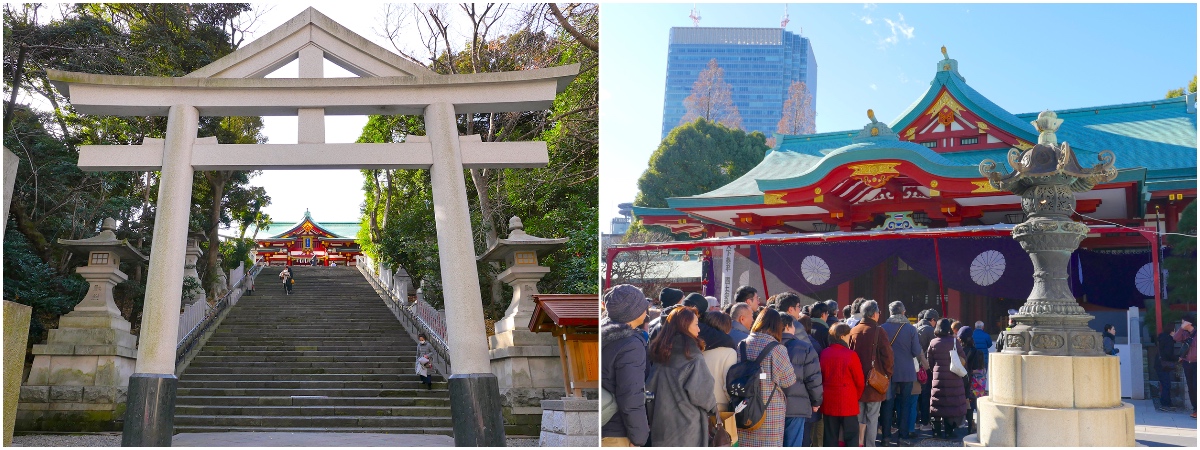
Hie-jinja Shrine, which has a history of about 500 years, is said to bring blessings such as matchmaking, warding off evil, and raising your children healthy. That is also the reason why this shrine is very popular for holding traditional Shinto weddings.
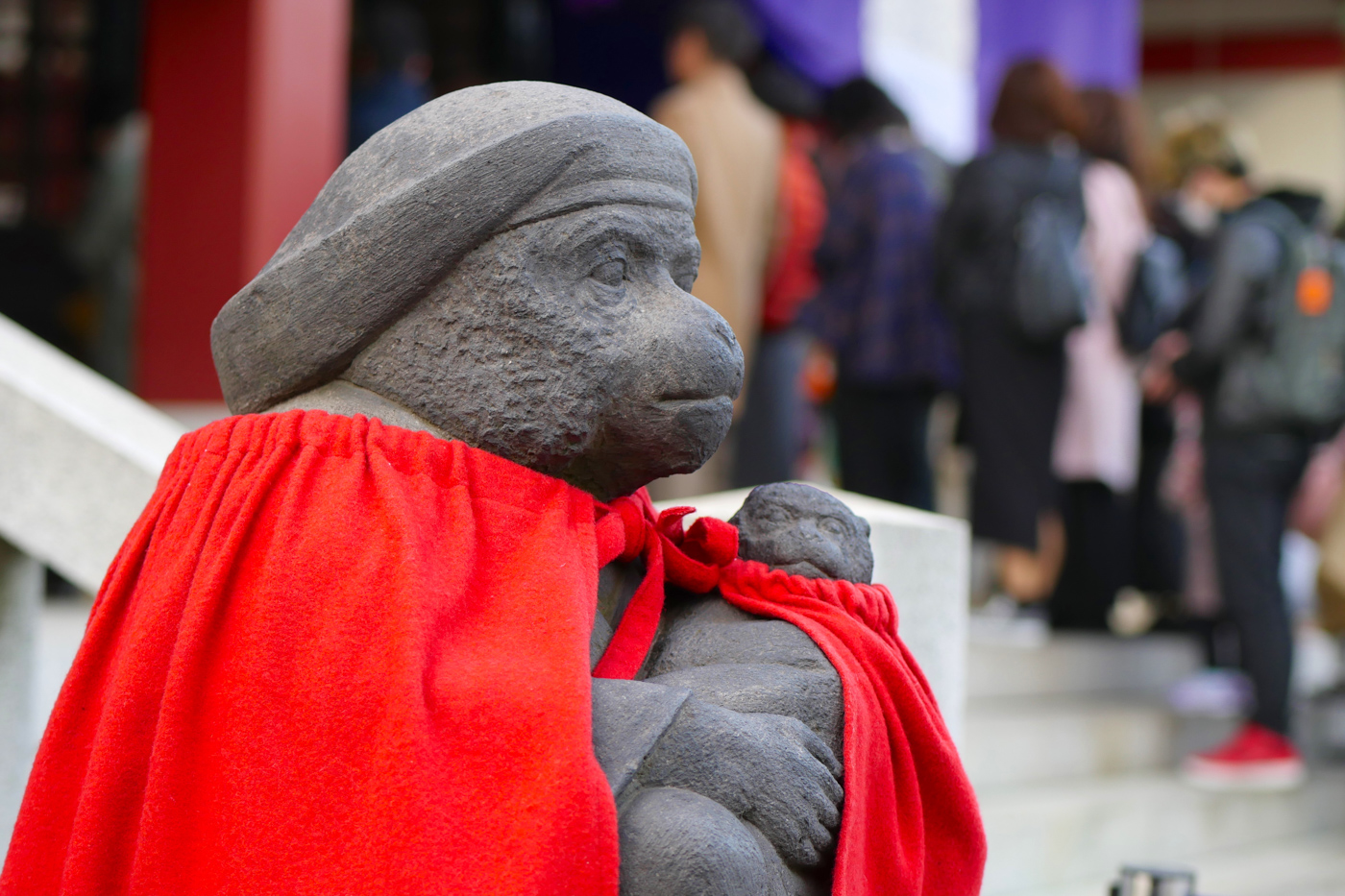
The monkey statues you can find EVERYWHERE are one of the shrine’s key characteristics. In particular, the lovely monkey statue of a mother monkey and her baby (at the left of the main hall) is said to bring good luck to pregnant women or women who want to have children.
The “Wakamizu Festival” will be held from midnight on January 1st, 2023. During this festival, fresh water full of vitality is drawn and offered to the shine’s main deity. There will also be a Noh – classical Japanese dance – performance.
<Opening and closing times in 2023>
January 1st: 0:00 am to 6:00 pm
January 2nd to 5th: 6:00 am to 6:00 pm
From January 6th: 6:00 am to 5:00 pm
Hie-jinja Shrine
https://www.hiejinja.net
2-10-5 Nagatacho, Chiyoda-ku, Tokyo
Google Maps: https://goo.gl/maps/Aa71aZs3UD4pmBFc6
Nearest stations: Akasaka Station, Tameike-sanno Station, Kokkaigijido-mae Station, Akasaka-mitsuke Station, Nagatacho Station
Tokyo Daijingu (Tokyo Grand Shrine)
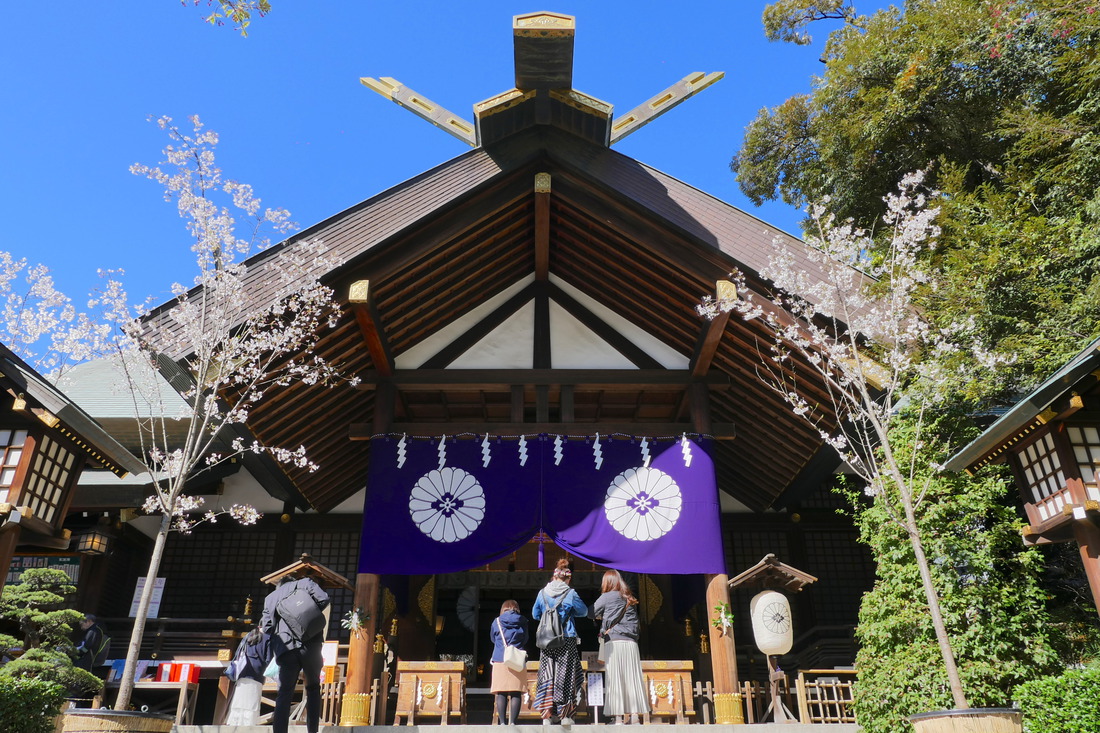
Tokyo Daijingu in Iidabashi is also called “O-Ise-sama in Tokyo”. During the Edo period (1603-1868), it was everyone’s dream to go on a pilgrimage to the Grand Shrine of Ise (Ise Jingu Shrine) at least once in their lifetime. But traveling wasn’t as easy then, so this big dream stayed unfulfilled for most. That’s why later, a new (Ise-branched) shrine was built in Tokyo, making it possible to worship the deities from afar without having to travel to Ise. That is Tokyo Daijingu.
<Opening and closing times in 2023>
6:00-19:00
<New Year events>
January 1st, 6:00 am: New Year’s Day Festival (“Saitansai”)
Celebration of the first morning of the year and greeting the gods.
January 3rd, 8:00 am: “Genshisai”
Japanese imperial rituals are held.
January 10, 9:00 am: “Seijinsai”
The coming-of-age ceremony is a ceremony to welcome, congratulate and encourage all those who have reached or will reach the age of maturity.
Tokyo Daijingu (Tokyo Grand Shrine)
http://www.tokyodaijingu.or.jp
http://www.tokyodaijingu.or.jp/english/index.html (English)
Omamori Mailing Service
http://www.tokyodaijingu.or.jp/
2-4-1 Fujimi, Chiyoda-ku, Tokyo
Google Maps: https://goo.gl/maps/3UuhNTCHz1j2s8CT6
Nearest station: Iidabashi Station



